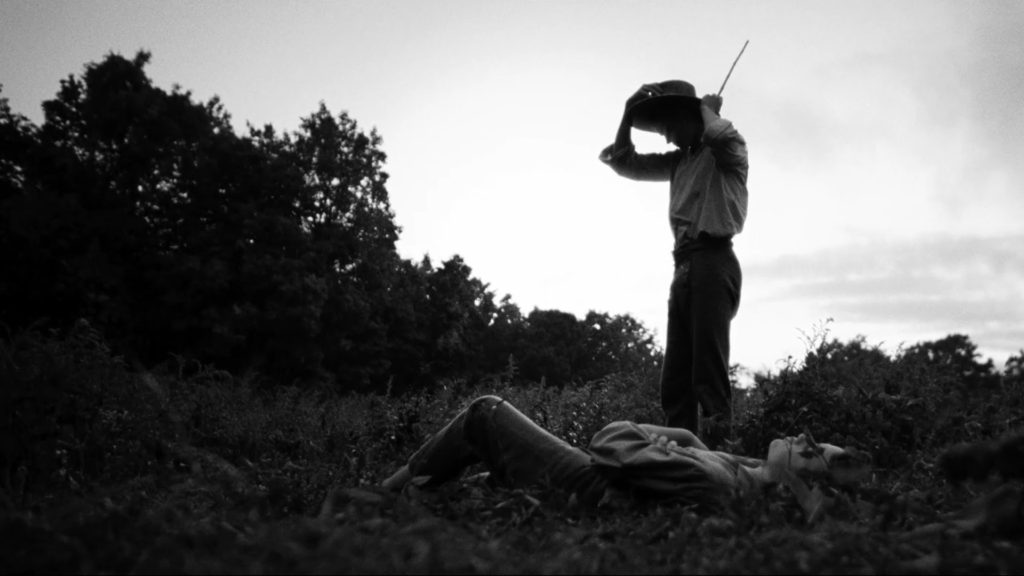Malick Acolyte Borrows Malick’s Style for Lincoln Biopic
DIRECTED BY AJ EDWARDS/2015 (USA release)
 AJ Edwards, who served as the editor for Terrence Malick’s films To the Wonder and the upcoming Knight of Cups, has now directed his own film which he released to mixed reviews at last year’s Sundance festival. The Better Angels is a sun-dappled, dreamy biopic that one might mistake for a Malick film with its use of voiceover, swirling handheld camera and dreamy scenes of women and children communing with nature. Like Malick’s film The Tree of Life, Angels tells the story of an overbearing father and gentle mother and their challenging relationship with their young son.
AJ Edwards, who served as the editor for Terrence Malick’s films To the Wonder and the upcoming Knight of Cups, has now directed his own film which he released to mixed reviews at last year’s Sundance festival. The Better Angels is a sun-dappled, dreamy biopic that one might mistake for a Malick film with its use of voiceover, swirling handheld camera and dreamy scenes of women and children communing with nature. Like Malick’s film The Tree of Life, Angels tells the story of an overbearing father and gentle mother and their challenging relationship with their young son.
Directors have successfully appropriated the styles of past masters—Brian DePalma’s array of Hitchcock-inspired films spring to mind—and homages can be excellent films in their own right such as last year’s John Carpenter love letter The Guest or the Douglas Sirk indebted romance Far From Heaven. These films were the works of modern filmmakers paying tribute to their influences and using the artists’ techniques to tell their own unique tales. Edwards, though, is a contemporary of Malick and his co-worker. There not enough distance between his own style and Malick’s for the film to rise above pastiche.
It’s refreshing to spend time with a filmmaker who wants to use the medium to convey beauty.
All that said, the film is beautiful and Malick fans will find much to like in The Better Angels. Edwards has created beautiful black and white imagery and if Malick’s dreaminess is your cup of tea, you’ll probably enjoy the film. The director has also assembled a strong cast, including Jason Clarke (Zero Dark Thirty) and Brit Marling (Sound of My Voice). While Malick’s films are less narrative focused and more thematically driven, Edwards tells a more straightforward narrative about Abraham Lincoln’s pre-teen years when he faced a significant tragedy and began pursuing his education.

The Better Angels with its black and white images of simple cabins in the woods and sparsely populated Midwestern prairies transports the viewer to a more primitive time in American history. It’s evocative of an era that we can only visit now in historical village recreations, and this may make it a valuable work to history teachers and enthusiasts.
There’s much to like about the film, but hopefully Edwards will find his own voice in future projects. He’s clearly a talented filmmaker and, like his mentor, believes that creating beautiful imagery should not take a backseat to narrative efficiency. We’ve got plenty of filmmakers telling stories quickly and effectively. It’s refreshing to spend time with a filmmaker who wants to use the medium to convey beauty.

